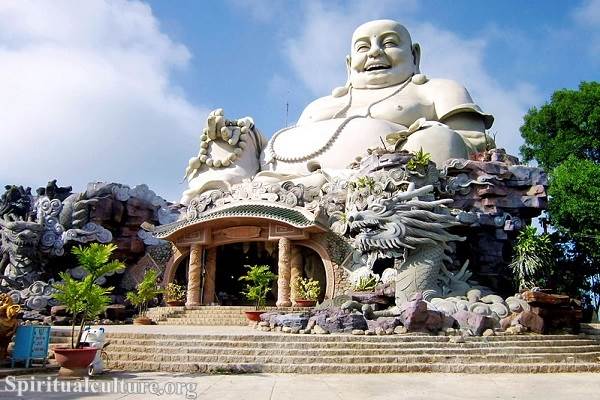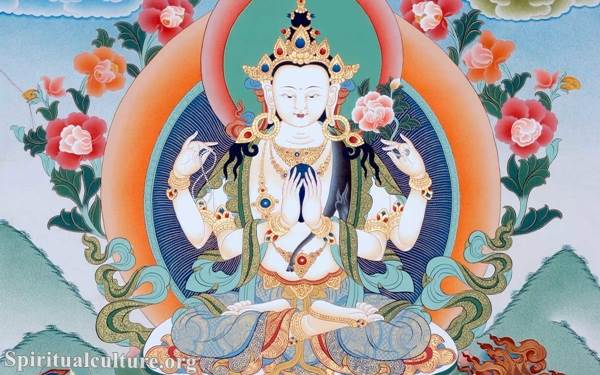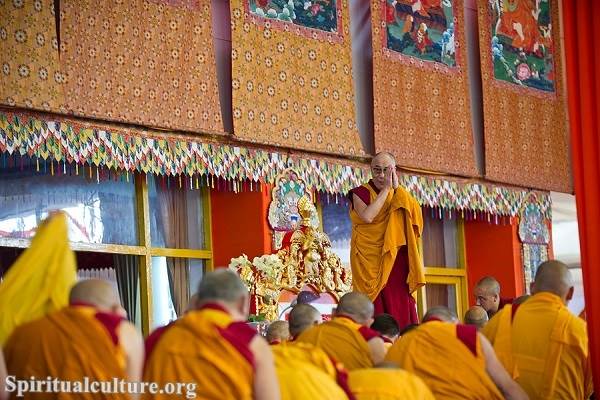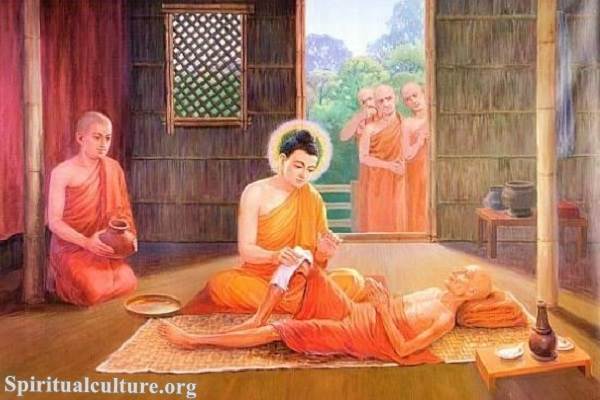In the quiet morning hours, long before the bustling noise of modern life reaches full crescendo, a line of saffron-robed monks walks barefoot through a village. They carry bowls — not as a plea for charity, but as vessels of spiritual exchange. They pause before each home, heads bowed in silence, receiving whatever food the laypeople offer. This is the ancient tradition of alms, a ritual that might seem curious or even outdated to the modern mind. But for those who look deeper, it is a profound window into the heart of spiritual discipline and human interdependence.
Why do monks beg for food? Is it poverty, humility, tradition — or something more? This article, as Spiritual Culture, invites you to explore the timeless philosophy behind alms-giving and alms-receiving across various traditions, especially in Buddhism. We will journey through its origins, its purpose, and its continued relevance in a world that often prizes self-sufficiency over shared life.
The Historical Roots of Alms in Monastic Traditions
The Buddha’s Instruction: Walking the Path of Dependence
In the earliest days of the Buddhist monastic order, Siddhartha Gautama — the Buddha — instituted alms rounds (Pali: pindapata) as a core part of the monk’s daily practice. Monks and nuns were not to grow or store their own food. Instead, they walked among lay communities to receive their daily sustenance.
“The monk should go for alms as a bee gathers nectar and moves on, not harming the flower.”
— Dhammapada
The Buddha’s instruction was not merely pragmatic — it was symbolic and formative. Monks would cultivate humility, depend on the goodwill of the community, and practice detachment from control or possession. At the same time, laypeople were given the opportunity to gain merit, practice generosity (dāna), and support the path of spiritual liberation.
Not Just Buddhism: A Shared Tradition
Though most visible in Theravāda Buddhist countries like Thailand, Myanmar, and Sri Lanka, begging for alms has parallels in many traditions:
- Christian monks in early monasticism practiced mendicancy, owning nothing and relying on others.
- Jain monks carry out similar alms rounds, often with even stricter rules — never asking, only silently receiving.
- Sufi dervishes in Islam sometimes adopt poverty as a form of trust in divine provision.
- Hindu sannyasis traditionally wander without possessions, begging only what is given freely.
The act is not simply about receiving food. It is a spiritual economy, where giver and receiver meet in mutual blessing.
Alms as a Spiritual Practice: Letting Go and Letting In
Humility Through Vulnerability
To beg — especially in a world that associates it with shame — is an act of radical humility. For a monk, walking barefoot, bowl in hand, is a daily reminder:
“I am not above anyone. I rely on grace.”
By removing the illusion of self-sufficiency, the monk steps into a spirit of openness. They let go of pride, and in doing so, open themselves to receive — not only food, but the mystery of life as it unfolds.
Detachment from Possession
In Buddhist philosophy, craving and attachment are the root of suffering. The alms round reinforces the monk’s detachment from control:
- They cannot choose their meals.
- They cannot demand or store food.
- They must eat what is given, and only before noon.
This discipline trains the mind to be content, to let go of preferences, and to live in the present moment — accepting what is, without judgment.
“Let him live by alms… not hoarding, not greedy, always calm.”
— Vinaya Pitaka
Gratitude Without Expectation
Importantly, monks do not ask for food in the conventional sense. They simply stand silently, allowing others to give if they wish. This is not coercion, but invitation.
The interaction fosters a pure kind of gratitude — one that expects nothing, yet receives everything with reverence.
The Layperson’s Role: Giving as a Sacred Act
Dana: Generosity as Spiritual Growth
In giving alms, the layperson is not merely helping someone in need. They are practicing dāna, the first of the Ten Perfections (paramis) in Buddhism — a gateway to awakening.
To give freely, without expectation of return, is to loosen the grip of ego and fear. It builds compassion, detachment, and joy.
“If beings knew, as I know, the results of giving and sharing, they would not eat without having given.”
— The Buddha (Itivuttaka)
A Relationship of Mutual Uplift
The alms round is not a one-way street. While the monk receives food, the layperson receives blessings, teachings, and spiritual inspiration.
- The monk offers prayers or chants after receiving alms.
- The layperson gains merit and a sense of connection to the sacred.
- Both remember that life is not lived alone, but in shared responsibility.
This exchange is ritualized interdependence — an antidote to the illusion of separation.
Alms in the Modern World: Still Relevant?
Urban Alms: Adapting the Tradition
In modern cities, traditional alms rounds are rarer, but they persist. Monasteries may receive alms at their gates, or monks may walk in designated routes. In some places, digital dāna allows laypeople to support monks online — a paradoxical blend of ancient and modern.
Though the forms change, the spirit remains. Wherever monks refuse to seek power, possessions, or personal comfort — and instead rely on the goodwill of others — the alms tradition lives on.
A Counterculture of Dependence
In an age obsessed with autonomy and achievement, the monk’s bowl becomes a symbol of countercultural wisdom:
- Where society says, “Take control,” the monk says, “Let go.”
- Where the world says, “Earn your worth,” the monk says, “Your worth is beyond earning.”
- Where many seek accumulation, the monk seeks liberation from accumulation.
To live by alms is to trust — in the universe, in the human heart, in the sacred flow of giving and receiving.
The Deeper Teaching: A Mirror for Us All
What the Alms Bowl Reveals
The monk’s bowl is more than a container for food. It is a mirror — revealing the state of our heart.
- Do we give freely?
- Do we receive with gratitude?
- Can we accept what is offered without grasping or rejecting?
These questions are not just for monks. They are for all of us.
Whether we live in monasteries or cities, the rhythm of dependence and offering, letting go and opening up, is the very rhythm of spiritual life.
“Give, and it will be given to you. A good measure, pressed down, shaken together, and running over…”
— Luke 6:38 (Christian Bible)
Reflect and Reimagine
So, why do monks beg for food?
Not because they are poor — but because they are rich in discipline. Not because they are weak — but because they are strong enough to live without grasping. Not because they want handouts — but because they seek wholeness through humility.
In a world of striving and scarcity, the monk’s alms round whispers a different truth:
You are not alone. You do not have to own everything. Life is a gift — and it flows best when shared.
Let us carry this truth with us.
- In every act of generosity, large or small.
- In every moment we choose humility over pride.
- In every breath where we let go — and trust.
Spiritual Culture invites you to live this wisdom.
You need not wear robes to walk this path.
You need only a heart willing to receive… and to give.




